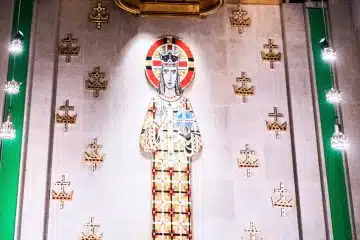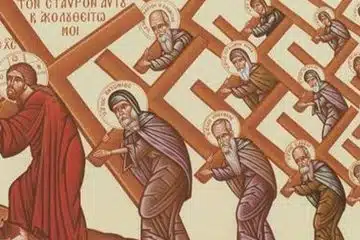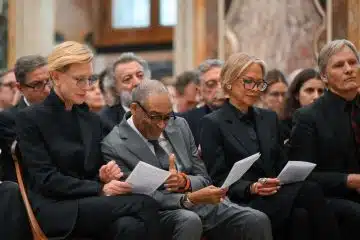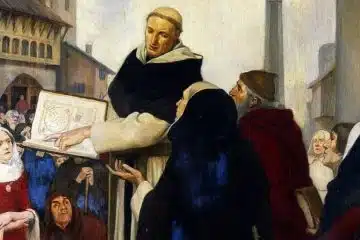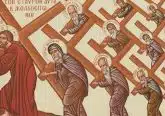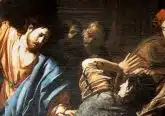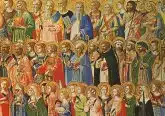Sunday Scripture: Humanity was made in the image of God’s eternity
Wednesday, June 24, 2009
By Sister Betty Jane Lillie S.C.
Thirteenth Sunday in Ordinary Time: Wisdom 1:13-15; 2:23-24; Psalm 30: 2, 4-6, 11-13; 2 Corinthians 8: 7, 9, 13-15; Mark 5: 21-43
In approaching the readings for this Sunday we may at first wonder how they come together. But if we look at Wisdom first, and then at the Gospel from Mark, we will pick up related themes of immortality, death in the sense of eternal separation from God and death as the end of human existence.
The Book of Wisdom is a late book in the Biblical tradition. It comes from a Hellenistic Jewish milieu in a time around 28 BCE when the theological thought in salvation history moved into an understanding of an afterlife. In Christianity, of course, the belief found its climax in the resurrection of Jesus into which we are incorporated through baptism.
The sense of the line that God did not make death (Wisdom 1:13) is a bit elusive, but it does not refer to death as the end of human existence on earth, but death as eternal separation from God. The just are empowered to remain with God forever. God’s own nature is imperishable and in that image humankind is created. God is righteous, and righteousness is immortal. Thus the righteous can live forever (Wisdom 1:12-15).
In the Gospel passage we have a literary form that is sometimes referred to as a “sandwich construction.” One story is begun and then interrupted (Mark 5:21-24a); another story is inserted (Mark 5: 24b-34); and then the text returns to finish the first story (Mark 5: 35-43). In this case one could almost imagine Jesus and Jairus walking along on their way to the house where Jairus’ daughter had died. On the way another healing had occurred. A woman with a hemorrhage was made well. Then they finally reached the house and the first incident was resumed and brought to conclusion.
Jesus referred to the girl’s death as sleep, and He was ridiculed for that. Nevertheless, He took the child by the hand and told her to arise. To the amazement of the bystanders the girl of twelve years rose immediately and walked around. The ending seems to include a subtle touch of humor. Jesus told the people not to tell anyone else about the cure. However, a large crowd was at the house making a tumult because they knew that the girl had died. Then she was up, walking around, and eating. Imagine trying to keep that secret!
We have here an instance of the healing ministry accompanying the preaching ministry of Jesus. Later this will also be the case in the ministry of the apostles. Just after the healings in our passage, Jesus went back to His own country and began to teach in the synagogue.
Perhaps the second reading about the collection Paul took up for the suffering church in Jerusalem fits into this scenario as an example of the love for one another that befits the Christian life. In Paul’s approach there was always mutuality in the giving and receiving. Paul also gave clear instructions on the point that the sharing was not to impoverish the giver, for that would create a reverse impoverishment that would just be the same problem all over again for another group.
Along with all of this the psalmist calls us to sing praises to the Lord and give thanks to His holy name. The Lord is our helper and we give thanks to Him forever (Psalm 30).
Sister Betty Jane is a faculty member at the Athenaeum of Ohio.





